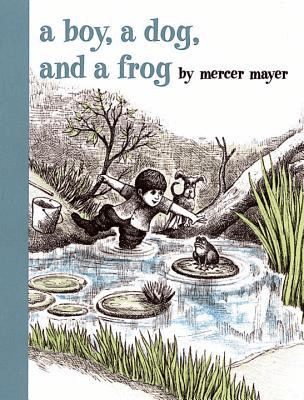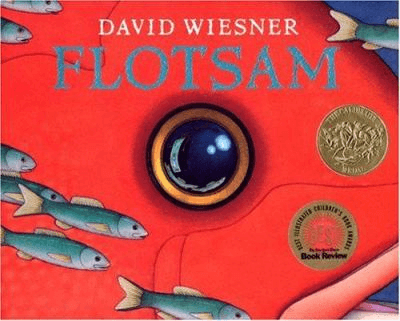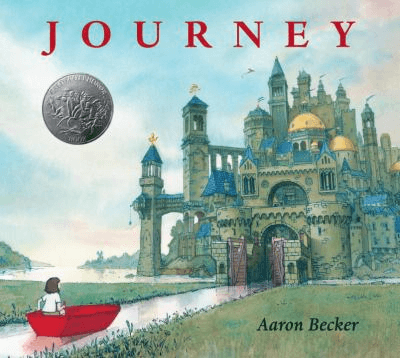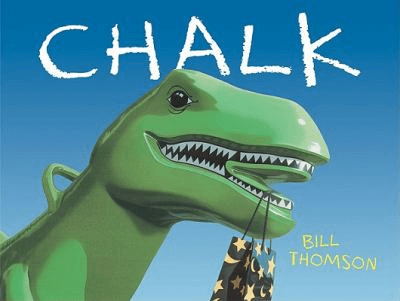Another of the six early literacy skills that children should learn is narrative skills. Narrative skills is the ability to describe things, talk about events and tell stories. A very useful (and entertaining) way to encourage the development and use of narrative skills is through the use of wordless picture books. By talking your way through a wordless picture book, you are teaching your child listening skills and that a story has a definite sequence that consists of a beginning, middle and end. Obviously, when reading to an infant or young toddler, you are doing all or most of the narration, but even hearing you talk builds the foundation for your child to begin to understand how events are strung together to form a story. A fun series of wordless books for very young children are by Mercer Mayer. The first book in the set is called A Boy, a Dog, and a Frog. This book, and the ones that follow, tell very simple, clearly illustrated stories about a young boy and the situations he gets into with his pets. They are easy to talk through and depict straightforward, relatable events for a young child.
As your child grows and develops a richer vocabulary, you can allow him to chime in and add to the story depicted in pictures. Books like David Wiesner’s Flotsam, are set up to tell a definite story while simultaneously leaving the bulk of the narration open to interpretation. These kinds of picture books are ideal for older toddlers and young preschoolers to add new words to their rapidly growing vocabulary, as well as allow for the opportunity to really go anywhere with their own version of the narrative. Do feel free to chime in and ask your child open ended questions to encourage her to think of all of the different ways the story could go or just to keep her talking through the pages. Even if your child strays from what the pictures depict, just talking through the book with you encourages your child to learn how a story is structured and helps her practice narrating series of events that flow from beginning to end.
Once your child is familiar and comfortable with narrating wordless books, you can incorporate books with a more driven plotline. Journey or Chalk are fantastic for older preschoolers and kindergarteners because they have clear storylines that still provide plenty of opportunities for a young child to embellish or creatively develop the narrative.
At first it might seem like picture books without words are for a child to view on his own, but when you use them as a tool to teach your child the art and skill of story-telling, you help to make that picture book an even richer experience for your developing reader.
Korie is part of the Library’s Early Learning BLAST Outreach team. Her favorite children’s authors are Kevin Henkes and Audrey and Don Wood. She enjoys making sensory bottles, taking long walks through small neighborhoods and ‘80’s era fantasy films.




